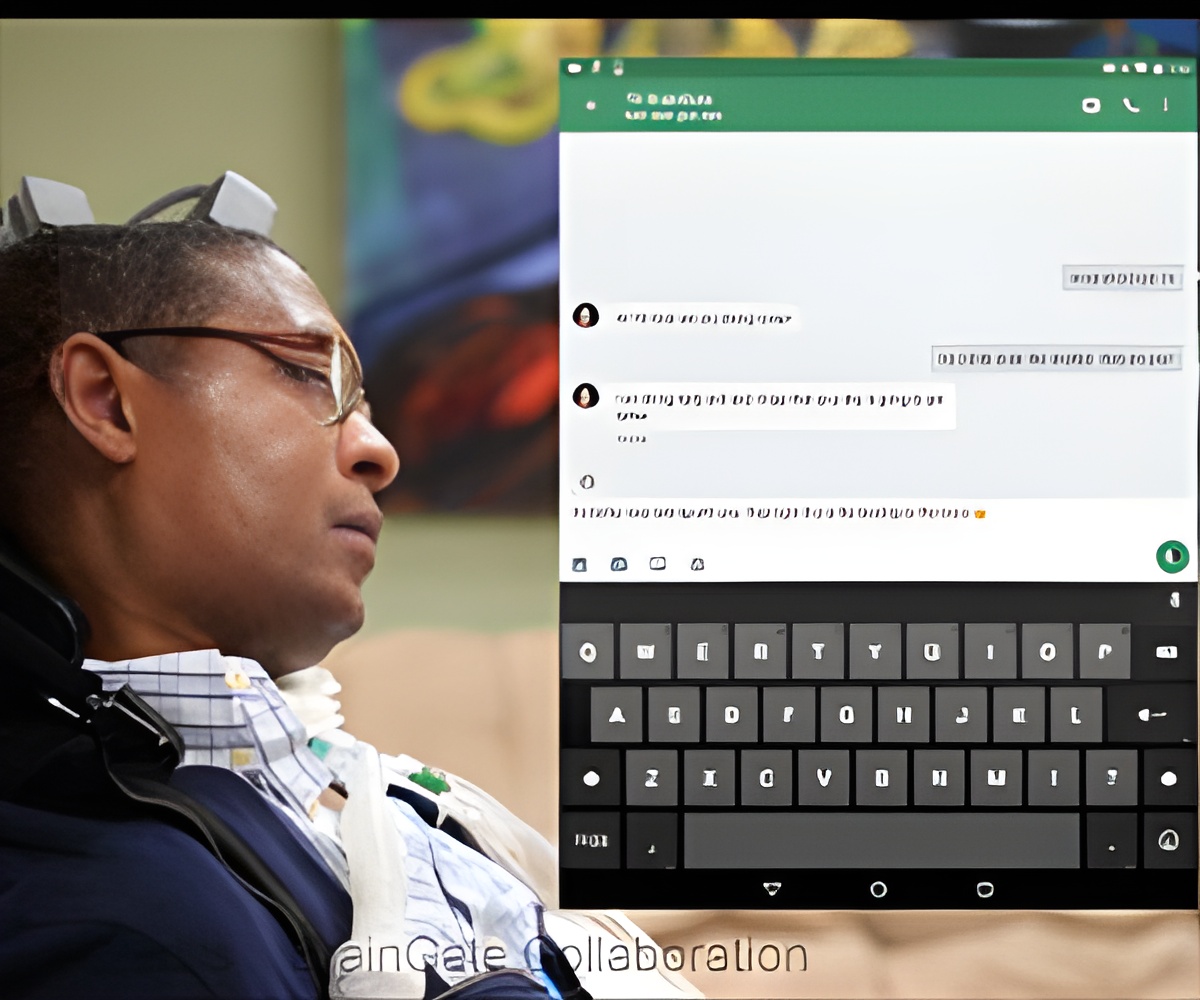
‘Brain-computer interface —an investigational device has been found safe in a small study of people with paralysis from ALS (Amyotrophic Lateral Sclerosis) and has allowed patients to use a computer for their daily tasks.
’
Tweet it Now
“People with ALS eventually lose their ability to move their limbs, making them unable to operate devices like a phone or computer,” said study author Bruce Campbell, MD, MS, of the University of Melbourne in Australia and a member of the American Academy of Neurology. “Our research is exciting because while other devices require surgery that involves opening the skull, this brain-computer interface device is much less invasive. It receives electrical signals from the brain, allowing people to control a computer by thought.” For the study, four people with ALS underwent a procedure to have the device implanted within the brain. The brain-computer interface is fed through one of two jugular veins in the neck into a large blood vessel in the brain. The device, comprised of a net-like material with 16 sensors attached, expands to line the vessel wall. That device is connected to an electronic device in the chest that then relays the brain signals from the motor cortex, the part of the brain that generates signals for movement, into commands for a laptop computer.
Researchers monitored participants for one year and found the device was safe. There were no serious adverse events that led to disability or death. The device also stayed in place for all four people and the blood vessel in which the device was implanted remained open.
Researchers also examined whether participants could use the brain-computer interface to perform routine digital tasks. All participants learned how to use the device with eye-tracking to use a computer. Eye-tracking technology helps a computer determine what a person is looking at.
Researchers also report that a decoder developed during the study allowed one study participant to control a computer independently without an eye tracker. The machine-learning decoder was programmed as follows: when a trainer asked participants to attempt certain movements, like tapping their foot or extending their knee, the decoder analyzed nerve cell signals from those movement attempts. The decoder was able to translate movement signals into computer navigation.
Advertisement
A limitation of the research was the small size of the study.
Advertisement













